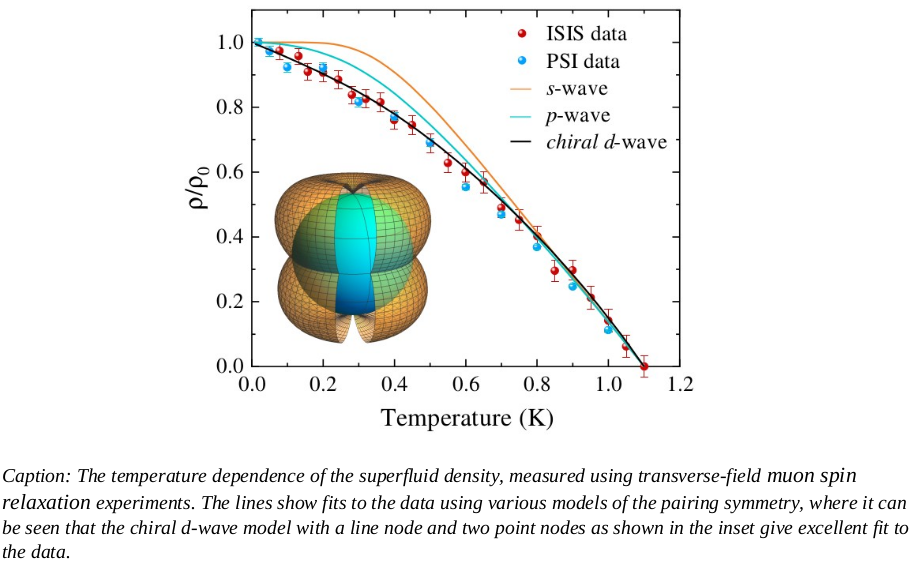
Superconductors are fascinating materials which conduct electricity without any resistance when cooled below a certain temperature making them highly desirable in a society needing to reduce its energy consumption. As a result they have been the subject of intense investigation since their first discovery in 1911. However, while the more commonplace conventional superconductors such as the elemental metals have important uses such as in MRI scanners, their wider application has been hindered by the need to go to very low temperatures.
Superconductivity is a manifestation of quantum mechanics on the scale of everyday objects. This property makes superconductors attractive candidates for building computers working in the quantum world. Indeed, recently there is a huge push from big tech companies like Google, IBM and Microsoft to make quantum computers on an industrial scale using superconductors. The elementary units of quantum computers (qubits) can however lose their quantum properties over time by interacting with the environment. It is therefore necessary to protect them from such losses. This can be achieved by using a special class of superconductors called “topological superconductors”. A topological superconductor differs qualitatively from a conventional one even though it has the same symmetries.
Topological superconductors are, however, very rare. A theoretical researcher from Kent in collaboration with national and international experimentalist colleagues has discovered one such material in a recent paper. By muon spin relaxation experiments and extensive theoretical analysis, we have conclusively demonstrated that LaPt3P is a topological superconductor, due to a unique combination of its properties.
Two different sets of LaPt3P samples were prepared in two different laboratories, in Warwick, UK and ETH, Zurich, Switzerland, using two completely different methods. These samples were then used in muon spin relaxation experiments performed in two different types of muon facilities: the samples from Warwick were measured at ISIS, UK and the samples from ETH were measured in PSI, Switzerland. An example of the data is shown in the above figure.
Reference: Pabitra K. Biswas, Sudeep Kumar Ghosh et al.Chiral singlet superconductivity in the weakly correlated metal LaPt3P. Nat Commun 12, 2504 (2021).